Cats have lived alongside humans for thousands of years.
Others are reading now
Cats have lived alongside humans for thousands of years,
Make Sure Your Cat Doesn’t Hate You
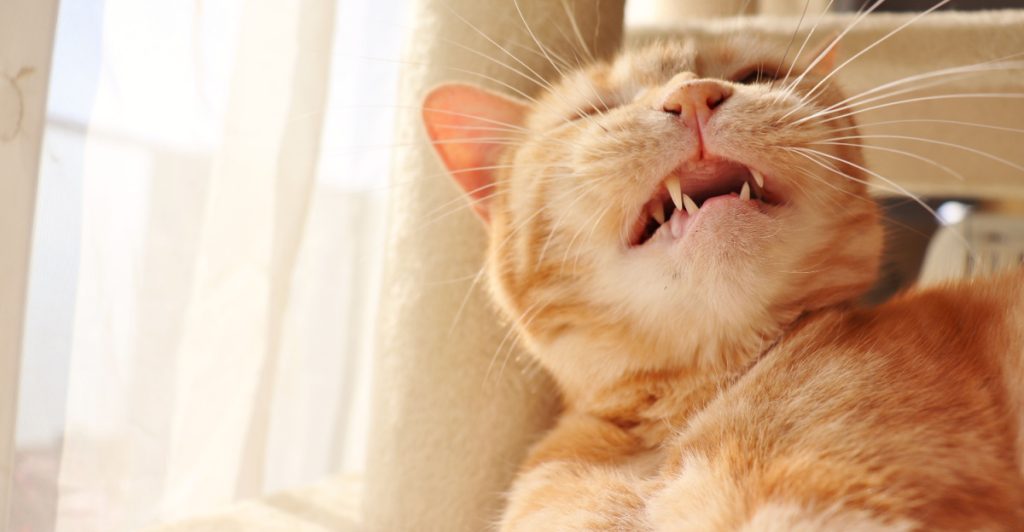
Cats might not be “man’s best friend,” but they’re certainly a close second.
As the most popular pet after dogs, cats deserve just as much care and attention, especially when it comes to their health and happiness.
Here’s how to ensure your feline companion truly enjoys your company.
Also read
Skip the Stare, Try a Slow Blink Instead
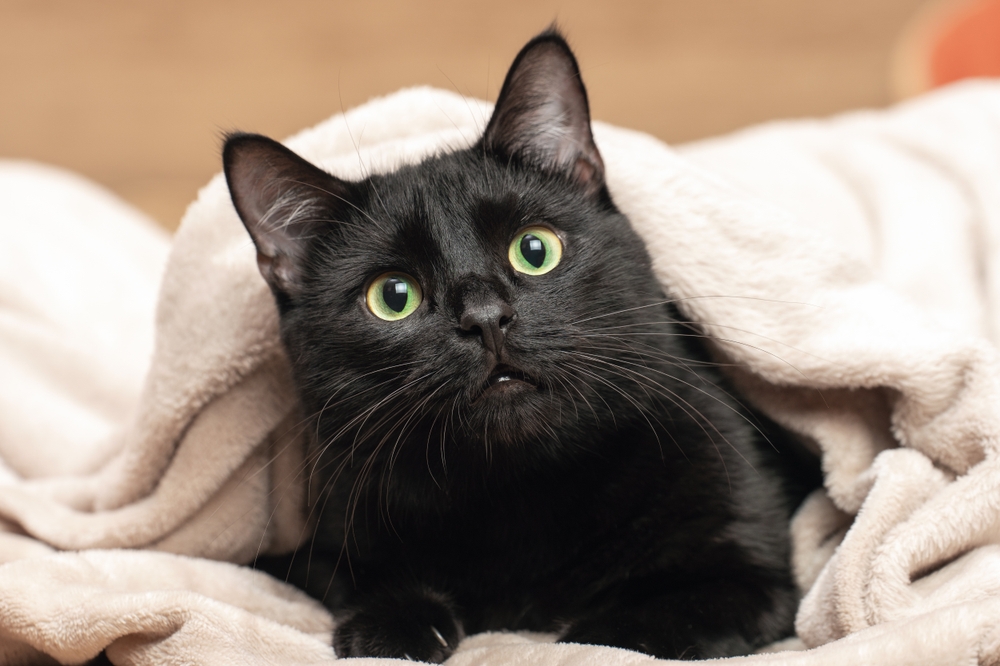
Think your cat likes deep eye contact? Think again.
According to cat behavior expert Ayoe Hoff, staring is a sign of tension in the animal kingdom, not affection.
To signal friendship, try slowly blinking at your cat and then looking away. If your feline returns the blink, congratulations: you’re in their good books.
The Tail Tells All

That cozy cuddle session on the couch can turn prickly in a flash, and your cat’s tail may be the first warning. If it starts flicking or “ticking,” it’s probably time to stop petting.
Unlike dogs, a moving cat tail often signals irritation or hyper-focus, not joy. Pay attention to this subtle but powerful mood indicator.
Think Twice Before Touching the Tummy
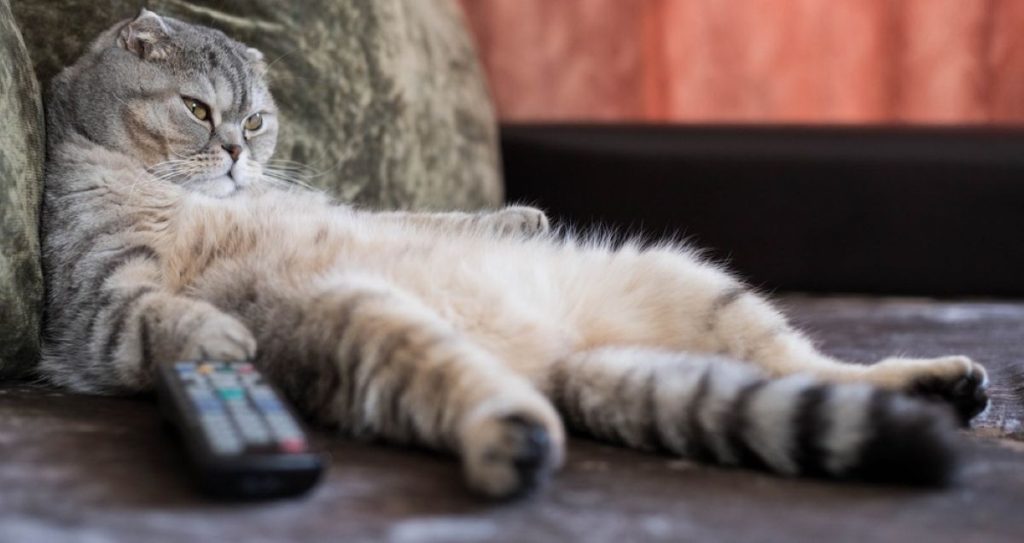
Your cat rolls onto its back, it must want a belly rub, right? Not so fast.
Hoff explains that this is usually a sign of trust, not an invitation.
Many cats dislike being touched on their sensitive stomachs, especially by unfamiliar people.
Until you and your cat have built a strong bond, keep your pets to safer zones like the head or cheeks.
Engage Their Inner Hunter

Indoor cats, especially, need stimulation.
In the wild or just outside they’d spend hours patrolling and hunting. Without this outlet, indoor cats can become bored and develop behavioral issues.
You can help by mimicking their natural instincts through play and feeding challenges.
Try Puzzle Feeders and Slow Introductions
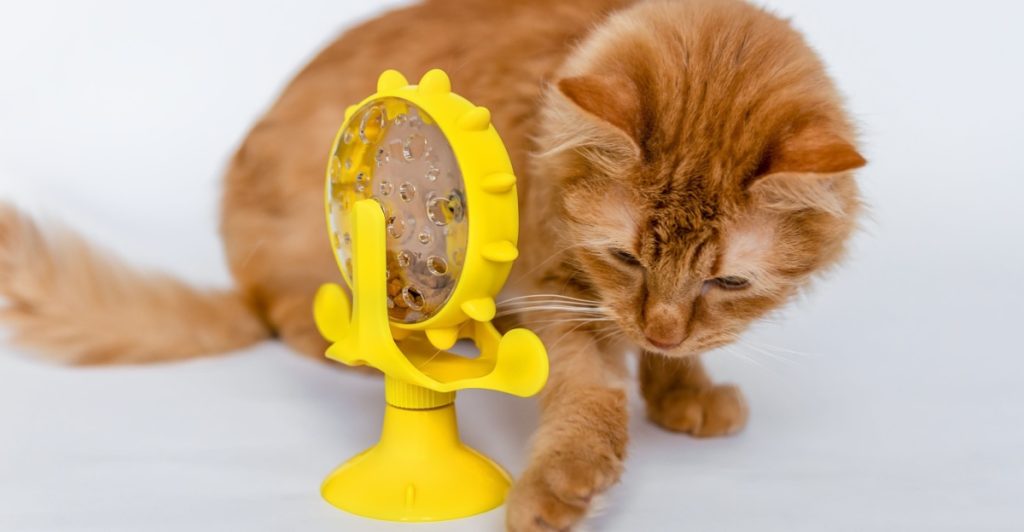
One way to keep indoor cats engaged is with food-activating toys like puzzle feeders or obstacle-based feeding trays.
These don’t just entertain, they also slow down eating and tap into the cat’s hunting drive.
But be patient: if your cat is used to a simple bowl, transition gradually to avoid food refusal.
Give Them Something to Scratch That’s Not Your Sofa
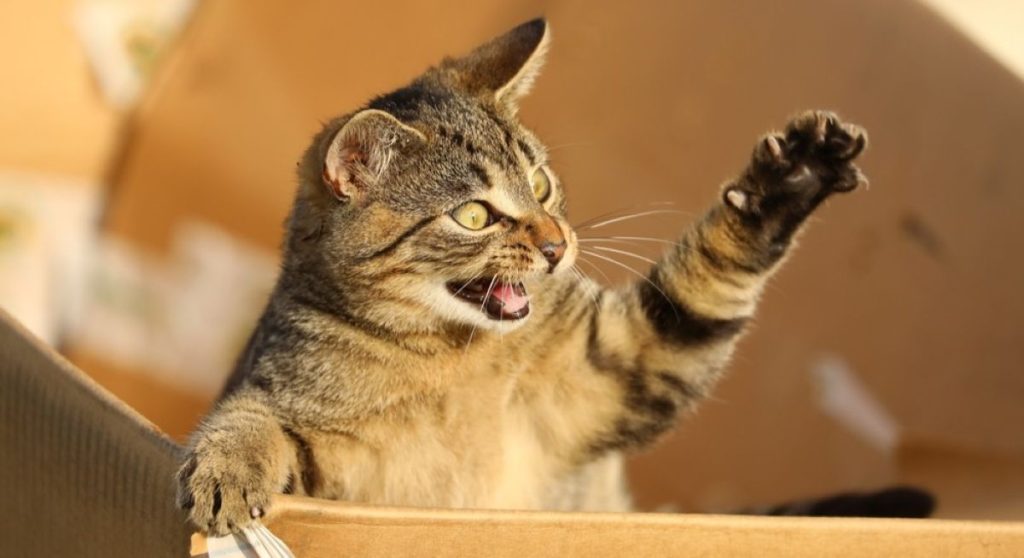
Scratching isn’t just a bad habit, it’s a feline necessity. Provide scratch-friendly furniture like towers or posts to help your cat stay physically and mentally healthy.
Without a designated outlet, your couch or curtains might bear the brunt of their natural instincts.
Leash Training? It’s Possible but Tricky

Taking your cat for a walk might sound like a pipe dream, but some felines can adapt to harnesses.
Still, Hoff warns this depends entirely on the cat’s temperament. Forcing a nervous cat outside could backfire, especially if it panics and escapes.
If you’re interested, start training from kittenhood for the best results.
Indoor vs. Outdoor Life: A Delicate Balance
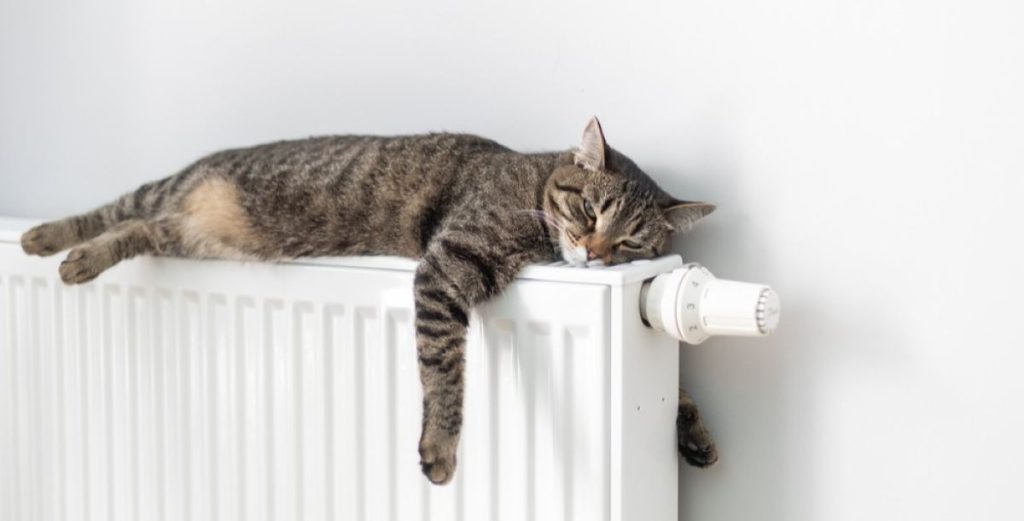
Indoor cats tend to show more behavioral issues, likely due to their restricted environment.
Creating a stimulating home life is key to their wellbeing. Variety, play, and freedom (where safe) make for a happier cat.
A History Rooted in Trust

Cats have lived alongside humans for thousands of years, with archaeological evidence from over 9,000 years ago.
Domesticated in Egypt about 4,000 years back, they’ve traveled the globe since.
Understanding this deep-rooted relationship can help you treat your cat not just as a pet, but as a companion species.


